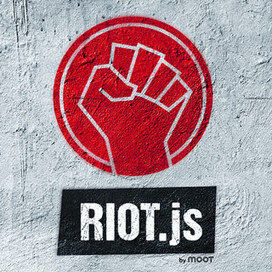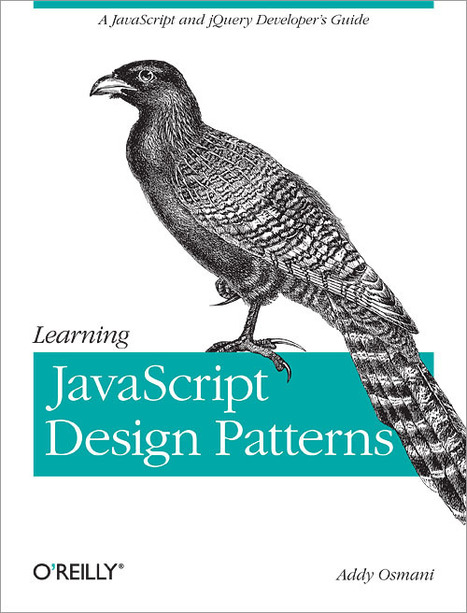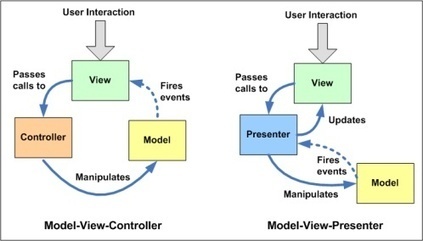Riot.js is a client-side Model-View-Presenter (MVP) framework that weighs less than 1kb. Despite the unbelievable size, all the building blocks are there: a template engine, router, event library and a strict MVP pattern to keep things organized. Your views are automatically updated when the underlying model changes.
Riot.js is faster and simpler — in fact, on a completely different scale — and applications built with it are also faster and simpler. For real.
Let's go deeper...




 Your new post is loading...
Your new post is loading...









